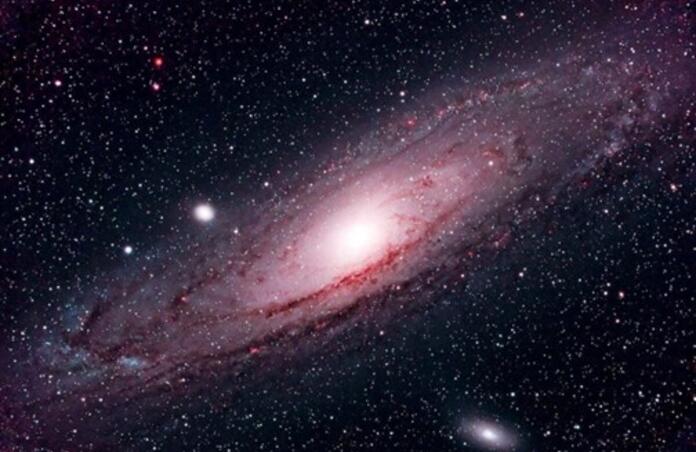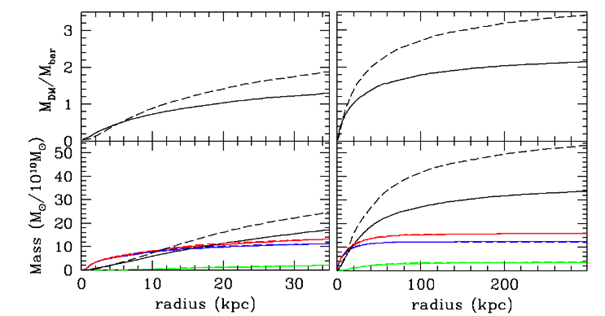Revision of Andromeda Mass Fraction Casts Doubt on Missing Baryon Problem

In recent years, observations of our nearest galactic neighbour, Messier 31 (M31) or the Andromeda galaxy, have identified that the system has undergone a tumultuous history. Observations in the early 2000s uncovered peculiarities in its dynamics, such as disk asymmetries and a curved stellar stream within the galactic halo. These findings led to the hypothesis that M31 experienced a major merger in the recent past, significantly altering its structure. This scenario has since been repeatedly supported by simulations that successfully reproduce its distinctive features.
Given the recent nature of these discoveries, many existing models of M31 rely on standard galactic dynamics, assuming the system is in equilibrium and overlooking its unique history. Efforts have been made to refine these assumptions in light of new evidence. Among them, a study led by François Hammer seeks to provide the most accurate estimates of M31’s mass and dark matter fraction.
The study draws upon a series of hydrodynamical simulations previously published by the lead author in 2018. These simulations modelled the merger and galaxy’s rotational velocity curves. Among these, model 288 most successfully reproduced the key features of M31 but crucially overestimated the velocity. Hammer et al. adapted this model, referring to it as model 371, which creates a much better fit. Notably, this model was designed with a significantly lower dark matter mass fraction, reduced by a factor of 1.6 compared to earlier models. In contrast, these earlier models were based on an equilibrium assumption with a higher dark matter fraction.

The study suggests that prior research mischaracterised the distribution of matter in M31, which has a baryonic mass fraction of around 32%, largely concentrated within the disk. This is more than double the expected fraction based on cosmological estimates. Based on this discovery, the authors cast doubt on the existence of the missing baryon problem, suggesting that instead we have been underestimating the baryonic content of galaxies instead. They present a total galactic mass of 4.5 × 1011 M☉ within a radius of 137 kpc.

The authors conclude stating that their dynamical model of M31 accurately reproduces key properties, including its rotation curve, and offers the most refined estimate of the galaxy's mass distribution. Future work includes improving the modelling of M31's central region kinematics and further studies on the stellar stream and shell features. Furthermore, their findings will potentially be tested using new observations, such as those from the Hubble Space Telescope, to refine the understanding of M31's dark matter halo and overall mass structure.
--
Journal Source: F. Hammer et al, Dark matter fraction derived from the M31 rotation curve, Astronomy and Astrophysics, Vol. 694, No. 1, (2025), DOI: https://doi.org/10.1051/0004-6361/202452753
Cover Image Credit: Klaus R. Brasch
